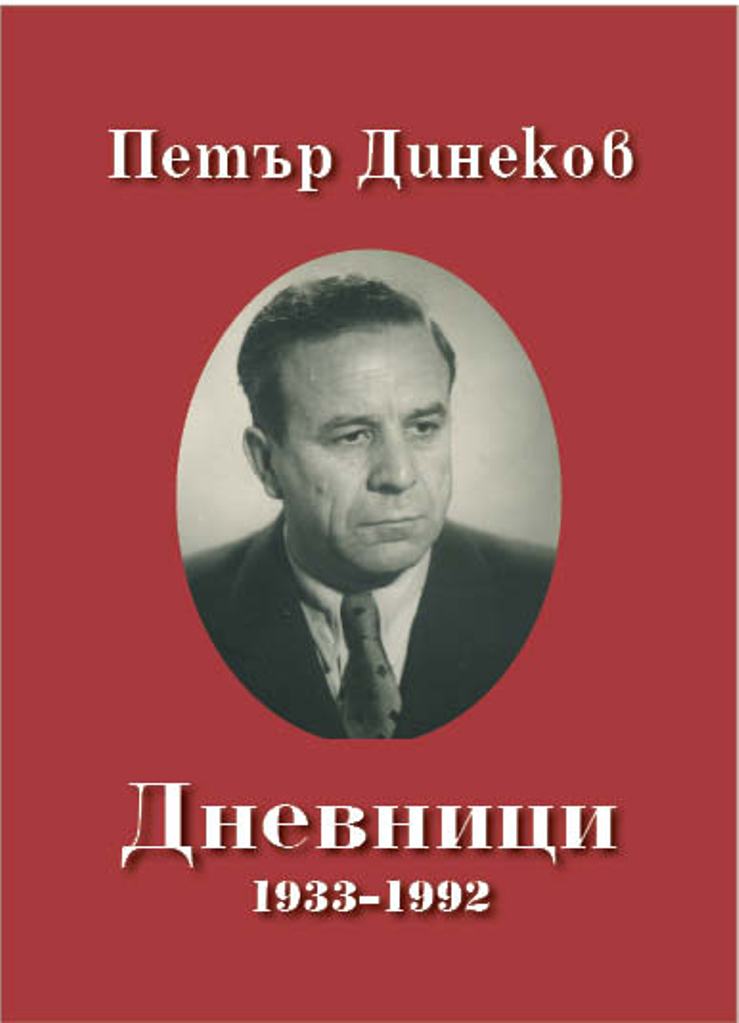
Дневници 1933-1992
Dinekov's diaries paint an interesting and broad picture of every day life of a leftist intellectual and communist rule.
More...We kindly inform you that, as long as the subject affiliation of our 300.000+ articles is in progress, you might get unsufficient or no results on your third level or second level search. In this case, please broaden your search criteria.

Dinekov's diaries paint an interesting and broad picture of every day life of a leftist intellectual and communist rule.
More...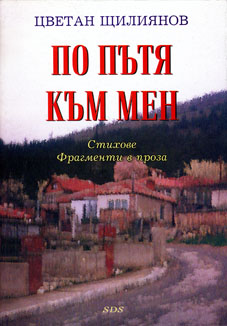
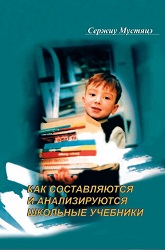
The first version of this book was published in 2006 in Romanian, but after discussions with Russian speaking teachers I decided to translate it and to enlarge the impact of the knowledge about writing and analyzing the textbooks. The special thanks are for Mrs. L. Petrenco for helping to translate and editing this Russian version and to dr. V. Bezrogov, a colleague from Moscow for very useful observations and suggestions on this book’s content.The various research visits to the Georg Eckert Institute for International Textbook Analysis I have undertaken in recent years within several research projects supported by this institute have inspired me to write an overview of contemporary research literature. The objective of my study was to present the methodology of textbook analysis and to provide interested scholars with a useful tool to develop and further their own research in this flourishing field. The work selectively presents a number of ways, criteria and methods of analysis, supported by historical examples and case studies. I believe that this study could help stimulating the development of a more objective textbook assessment, give an impetus for new analytical studies in the area of textbook analysis and serve as an orientation for would-be textbook authors.
More...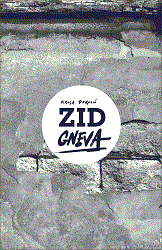
„Zid gneva“ je, kako sam autor uvodi u predgovoru„Umesto pohvale poetskoj arkadiji“, knjiga „ o kolektivističkom zaboravu, o depresijii ludilu, o normalnosti jedne patologije, o dijagnozi jedne stvarnosti zasnovane na masovnom potiskivanju, dnevnim odbrambenim mehanizmima, laganju i krivotvorenja prošlosti, a time i sadašnjosti i budućnosti. Ona je sabijena, kondenzovana i mučna onoliko koliko je ta i takva svakidašnjica bila i ostala otrovna i nepodnošljiva. Ne znam da li će je čitaoci moći pročitati u jednom dahu, ali ja sam je stvarao praktično u kontinuitetu. Ne verujem da poezija sme više tavoriti u čarobnoj arkadijskoj zemlji, jer je tu već jednom bila, pokazavši se kao odana sluškinja poretka koji je otelotvorio međuetničku mržnju, i unakazio toliko života. „
More...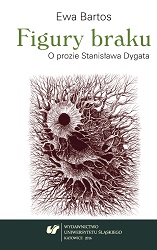
This dissertation attempts to interpret Stanisław Dygat’s novels with regard to the manner in which he inscribes the category of l a c k in his oeuvre. Lack – understood herein as a figure of mind, and not merely a rhetoric one – manifests itself on the pages of Dygat’s writings as a capacitor of desires.This thesis is divided into three chapters: Economics and Lack, Desire and Lack, Time, War and Lack.The first one reads Dygat’s subsequent novels, with an emphasis placed on lack as a framework of thinking of love. Precisely, it turns out that the romantic decisions made by the protagonists depicted are governed by the principles of economics. Rational calculations, as well as assessments of incomes and expenditures of engaging in relationships, happen to be the most common reasons for sacrificing love.The second chapter – Desire and Lack – endeavours to provide an answer on why lack remains vital in the structure of a novel. In Dygat’s prose, the heroes construct their subjectivities through desire, which is inevitably founded on lack. The constant oscillation around fulfilment and non-fulfilment constitutes a subjectivity rooted in shortfall. Lack stimulates it in order to discover new desires, whereas the subject’s approaching and distancing from the object of its desire establish a convenient position for arousing and depriving Dygat’s protagonists of pleasure.The third chapter – Time, War and Lack – supplements the considerations undertaken in the first two chapters with a new understanding of lack, associating it with nostalgia. This new conceptualization allows one to re-think memory as a burning sense of emptiness induced by loss. In Dygat’s oeuvre, this case redirects us to not only the experience of World War II, but also the social changes that have occurred during it and in its aftermath.In my dissertation, I have not strived for reaching the fixed answers responding to the problems posed. Still, I am convinced that the possibility of embracing Stanisław Dygat’s prose should be embedded in the affirmation of a multiplicity of interpretative decisions.They provide one with an opportunity of including the writer in the particular group of authors, and, simultaneously, they draw him out from it.Figures of Lack, aside of its placement within the contemporary criticism and literary history, endeavours concurrently to read Dygat’s works through the apparatus of the economy of literature. Hitherto, such a confrontation has been either peripheral or not taken.
More...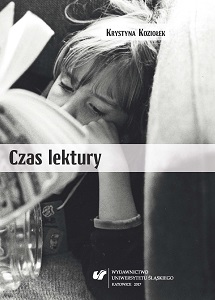
The book is devoted to the theory and practice of reading. Reading is a singular event – it is a contingent, individual and intimate activity; due to that, its history, theory and systematics are particularly hard to construct. Endeavours to analyse reading soon make one realise that such investigations belong to the field of experimental studies: studies on the nature of the experience of reading. The aim of the author is to reflect as fully as possible the richness and wonderful inconsistency of the activity of reading, as it corresponds to the intricate matter of life. In the chapters of the book, one can find the descriptions of various experiences of reading, transformed and arranged by the author into certain sequences or models. They make it possible to grasp the complex universe of the phenomena of reading as the forms of articulation of reading: the transmittable statement describing what happens with the readers and the text while reading.We do not know everything, and yet we have to speak and write about it, since we are anxious about our future. In order to do so – precisely, to think about ourselves and the world without sufficient knowledge about both – we have inventions concerning the past and the future at our disposal. Inventions and fictions are necessary for all of us. Literature and philosophy, which we learn to read at school and university, belong to the kind of “inventions” that prepare us for the times when different types of knowledge turn out to be inadequate or even useless. Proposed by the author, phenomenological reduction in the didactics of literature is to result in the establishment of a constant point of support for imagination and conversation. If school-level Polish literature and language teaching aspires to be engaged in the pursuit of preparing young people to put in an effort to understand the world they live in, an excellenttool is still at our disposal; this tool is literature, along with the act of reading it and the conversation by means of it. The time of reading is not a different kind of time – taken from life or complementing it. It is simply the time of life – as there is no other – spent in the company of books.
More...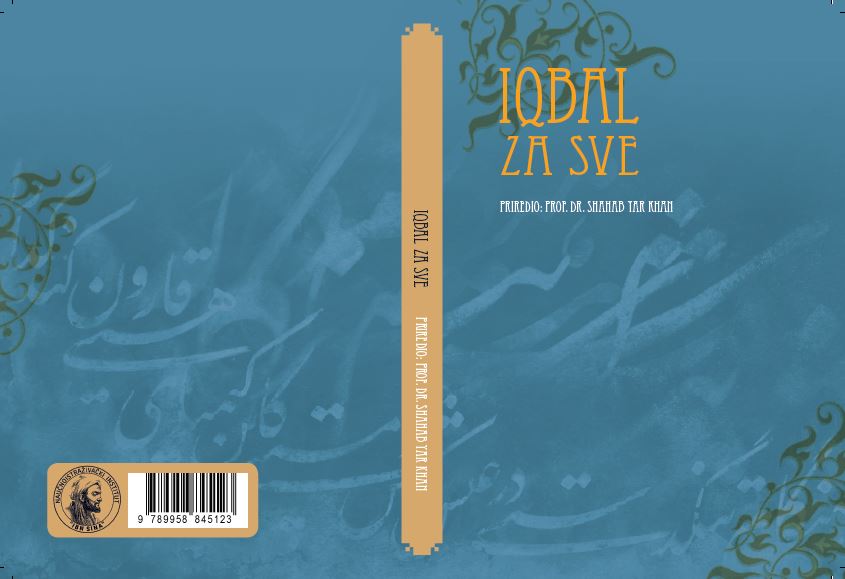
Allame Iqbal Lahori svakako spada u plejadu velikih likova povijesti islama. Nećemo pogriješiti ako kažemo da još nisu dovoljno istražene i spoznate sve dimenzije njegova sadržajnog života i osebujnog djela. Bio je i pjesnik i filozof, i mistik i intelektualac; poticatelj i njegovatelj ideja, slobodouman mislilac širokih pogleda, ali i politički vizionar i istinski borac. Svaka od dimenzija njegova života i svako od polja njegova djela zacijelo zavrjeđuju pažnju i nude inspiraciju, ali usudit ćemo se kazati kako je Iqbal prije svega bio čovjek vjere i duha. Njegova vjera i duhovnost na najlepši način oslikani su u njegovoj poeziji, stihovima koji iz srca izviru, pa stoga lahko do srca dopiru. Iqbalova poezija je i glas zanesene romantičnosti i zov samopouzdanja i hrabrosti. Ona kliče slobodi, nezavisnosti i junaštvu, ali i poziva ljubavi, samospoznaji i vjeri. Ona na najljepši način oslikava istinsku pjesnikovu, moramo kazati muslimansku, brižnost koja boli. Ta nas poezija poziva k zaboravljenim i zapostavljenim ljudskim vrlinama. Ona nije govor radi govora, ni stih radi stiha; ona je poezija sa svrhom. Kako sam Iqbal veli, premda je „po naravi svog vremena dva slova“ izgovorio, on je ustvari „dva mora u dvije posude“ izlio i „opijen“ se žali na stanje „rata“. Ono što Iqbal govori dolazi ustvari „iz jednog drugog svijeta“. On „brušenjem bisera kur’anskog okeana“ i „odgonetanjem tajne Božije boje“ nastoji „muslimanima brižnu tugu podariti“ i probuditi ih.
More...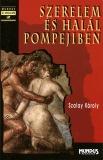
A regény lapjain az elpusztult, majd kiásott város, Pompeji mindennapjai elevenednek meg. A Vesuv kitörése előtti két nap ad időkeretet a sodró erejű történetnek. A főbb szereplők részben közvetlenül „a falról lépnek le”: a 11 000 fennmaradt falfeliraton, falfirkán megnevezett személyek köréből kerülnek ki, mint például Asteropaeus, a 107-szer győztes gladiátor, Smyrna, a perzsa lány, a kocsmárosné, az Isis szentély papja vagy Jucundus bankár. A regénynek mintegy keretéül a tudós id. Plinius sorsának alakulása szolgál, akinek életét unokaöccse leírásából ismerjük, és aki a természeti katasztrófa idején (Kr. u. 79.) a misenumi római hadiflotta parancsnoka volt.
More...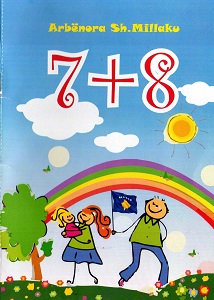
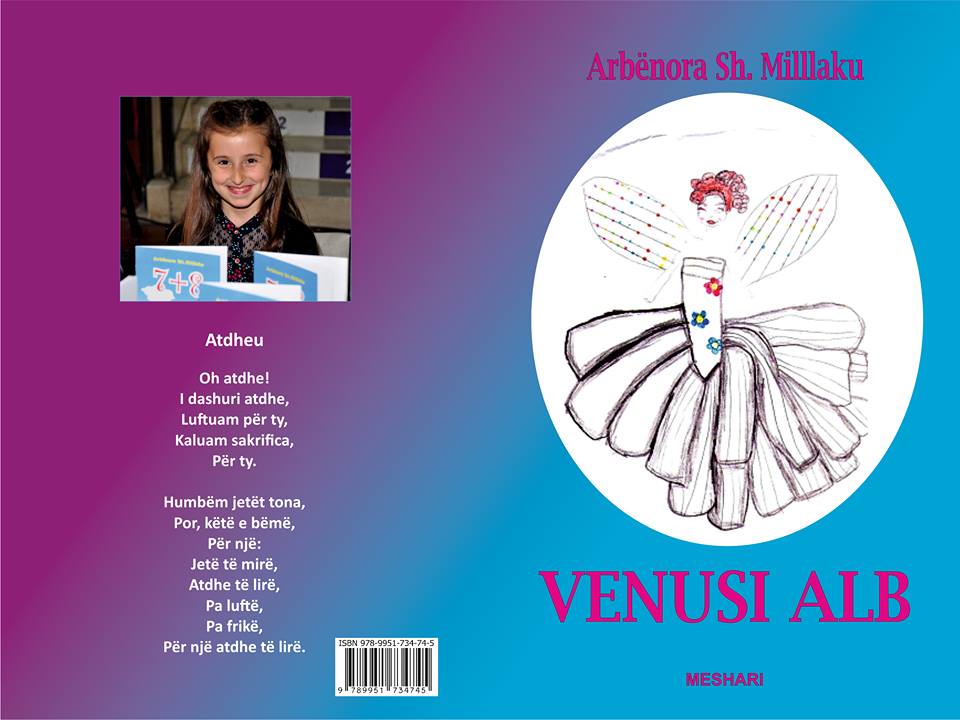
The book Venusi Alb has all the children poetry. All the poetry in the same time is with pictures. The author of the book is in the fourth class. Poetries are with motivation for nature, culture and for social live etc. The author usually has description the realty life. Venusi is the planet and Alb is the root of Albania.
More...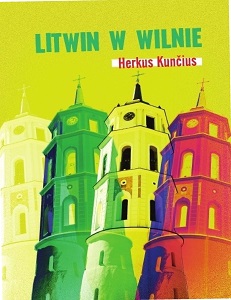
The first in Polish language novel by the Lithuanian writer, playwright and essayist Herkus Kuncius, one of the most provocative and prolific contemporary authors in Lithuania. He graduated in art history at the Vilnius Academy of Fine Arts.
More...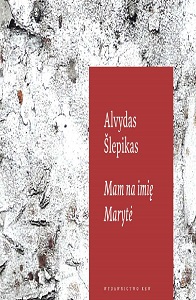
Based on the facts, the novel tells about one of the white spots of post-war history - "wolves children". After the Second World War, German orphans wandered around Lithuania in search of a roof over their heads and bread. Fleeing from East Prussia, little Renata is hiding among forests, but also among people - hiding her German origins. He receives foster parents and a new Lithuanian name - Marytė, and the history of her family shows the tragic fate of many refugees from East Prussia in Lithuania. The novel was based on real wolf stories of children and their relatives. The first novel by Alvydas Šlepikas My name is Marysia was recognized as the best Lithuanian book in 2012. The author, known mainly as a poet, uses his lyrical style in his first novel, using extremely visual images and an emotional, torn narration.
More...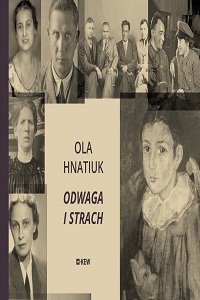
Courage and fear is a story about human attitudes in the face of life threat. The author shows the history of occupied Lviv at the level of microhistory, from the perspective of personal history. However, this is not only the extraordinary nature of this book, based on memoirs, memories, letters and even testimonies. It is a story about human fates and, at the same time, about the history of Polish, Ukrainian and Jewish intelligentsia, about complicated relations between its representatives, about various manifestations of solidarity and hostility based on courage and fear.
More...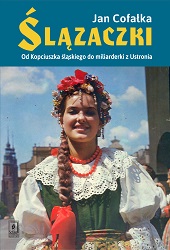
Wywodzący się ze Śląska Jan Cofałka – czując potrzebę przybliżania rodakom regionu, z którego wyrasta (przyłapuję się tu na podwójnym znaczeniu tego słowa: wyrasta w rozumieniu pochodzenia rodzinnego, kulturowego, jak i wychodzenia skądś i wchodzenia w nowe rzeczywistości), dodaje do tomów o współziomkach kolejny – już szósty, tym razem o nieprzeciętnych kobietach.Zasług Jana Cofałki na tym polu nie sposób przecenić. Oceniając poprzednie tomy, podnosili je m.in. pisarz Wiesław Myśliwski, reżyser i pisarz Kazimierz Kutz oraz uczeni zarówno pokolenia średniego (prof. Jan Miodek, prof. Stanisław S. Nicieja), jak i najmłodszego (prof. Lech M. Nijakowski). A więc – przede wszystkim na pochwałę zasługuje inicjatywa kontynuacji zamysłu poprzez przybliżenie sylwetek płci często grzecznościowo emablowanej, ale naprawdę traktowanej przez mężczyzn – najdelikatniej ujmując – protekcjonalnie, widoczne przede wszystkim na płaszczyźnie życia ekonomicznego i politycznego. Na szczęście stosunkowo najmniej w życiu artystycznym.Ukazane przez Jana Cofałkę sylwetki kobiet nieprzeciętnych ujawniają, że osiągając sukcesy na wybranych polach, można swoim życiem przełamywać stereotypy dotyczące płci. Odbywa się to niestety nieraz dużym kosztem… To ważny głos w debacie o społeczeństwie żyjącym nad Wisłą i Odrą. (…) Dzieło Jana Cofałki stanowi potwierdzenie realizacji marzeń pokoleń ludzi tej Ziemi! Przywołam tu słowa, które Paweł Kwoczek spod Prudnika skierował (w sytuacji skrajnego zagrożenia życia w obozie koncentracyjnym Buchenwald) do współtowarzysza niedoli Józefa Kachla w imieninowych życzeniach: „Tylko w łączności z Polską – o tym jestem przekonany – lud śląski może rozwinąć swoje niepospolite zalety rozumu i serca, charakteru i wielostronnego uzdolnienia artystycznego”. z recenzji prof. Michała Lisa
More...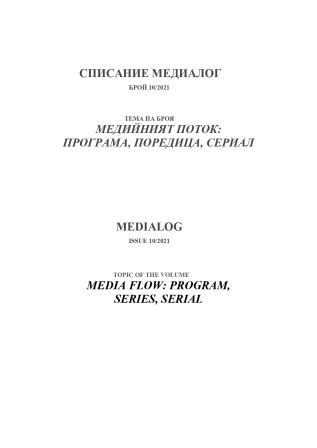
The text presents the main conclusions based on the study of the political messages in the Turkish series broadcasted on Bulgarian television and on Netflix. The main political messages in the series, showed on Bulgarian television, are the responsibility for decisions, connect with the life of a woman and a child. Among the important political topics are: migration, education abroad and returning home, conflicts between rich and poor.
More...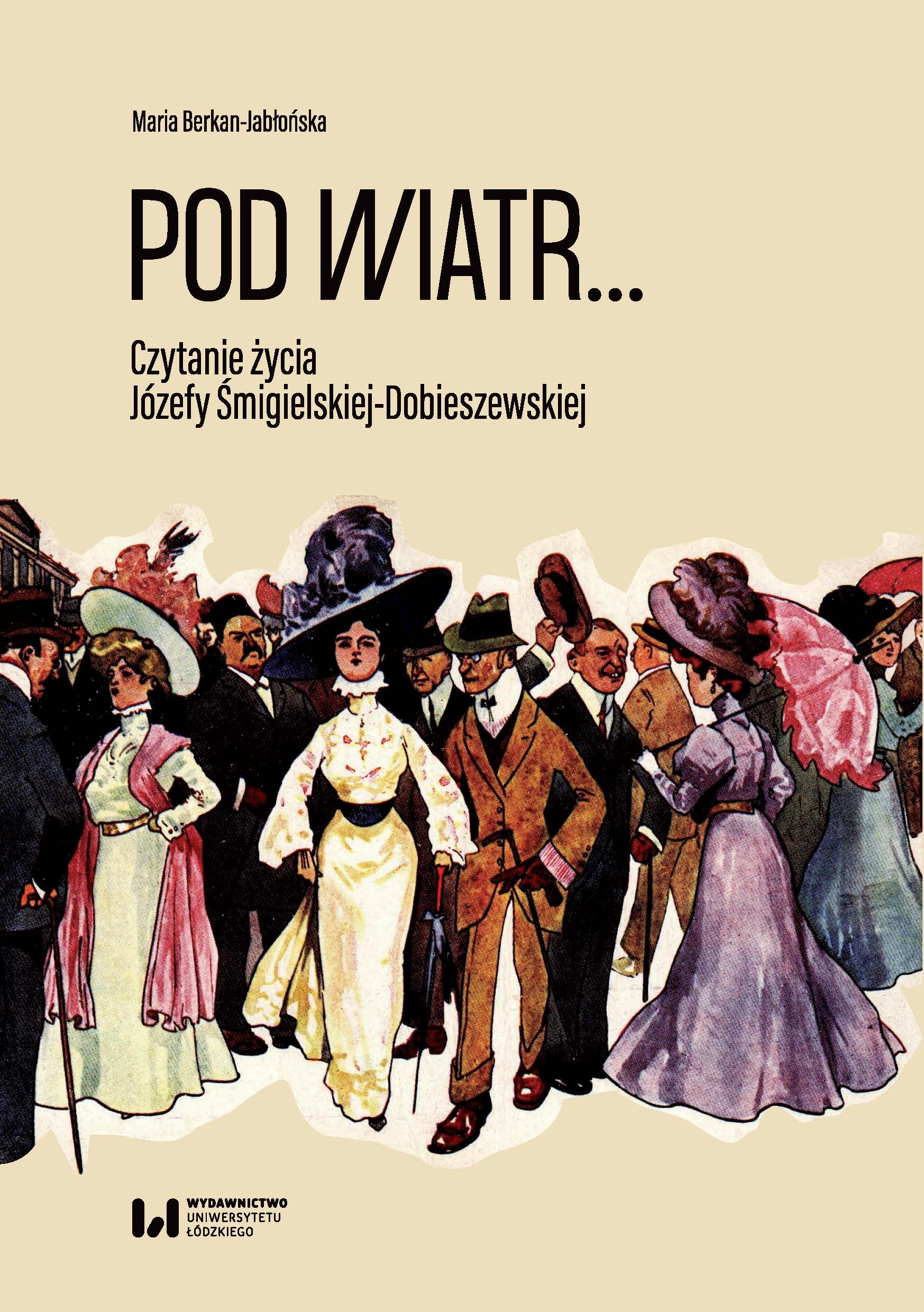
Internal audit is an interdisciplinary concept, well-established in management theory and practice theory. Internal auditors are required to be independent and objective, but the nature of internal audit activities necessitates relations with other groups of employees who also have a role in internal audit – auditees and managers. The three groups differ in the way they understand their organisation, internal audit, and its effectiveness. The main purpose of this monograph is to identify factors in the effectiveness of internal audit related to the human capital of the three main groups of its participants: internal auditors, auditees, and managers. The empirical qualitative study was carried out by the author using various data collection techniques, the most important of which was interviews with 65 internal auditors, auditees, and managers representing organisations in the public and private sectors. The study has shown that for internal audit to be effective, support from the management (tangible and intangible), the understanding of internal audit in the organisation, and relationships between the groups engaged in internal audit are important. Using her findings, the author formulates recommendations for improving internal audit effectiveness. They can also provide a basis for making changes to the existing occupational and organisational practices. The monograph can be summed up by the opinion of one of the surveyed internal auditors: “the effectiveness of internal audit has to do with people […]. This fact is so obvious that it is frequently forgotten by most stakeholders”.
More...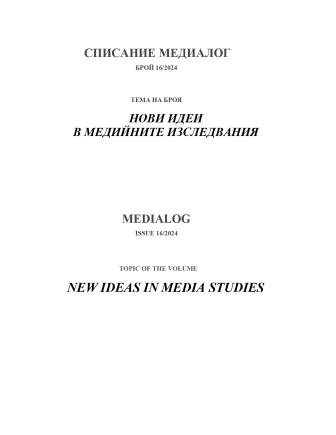
44 scientists participated in the International Scientific Conference dedicated to Prof. Ivaylo Dichev, on the topic: Pop-culture, Pop-politics: The Digital Turn. Interdisciplinary Analyses Of The Intersectionality Between Media, Cultures And Politics. The conference concludes the research project "Pop-culture, pop-politics: The digital turn. Interdisciplinary analyses of the intersection between media, cultures and politics" of the Sofia University. The conference was implemented with the help of the Cultural Studies Network, the journal "Seminar_BG", the Department of "Radio and Television" of the Faculty of Journalism and Mass Communication, and the Department of "History and Theory of Culture" at the Faculty of Philosophy, together with scientists from the Institute of Philosophy and Sociology of the Bulgarian Academy of Sciences.
More...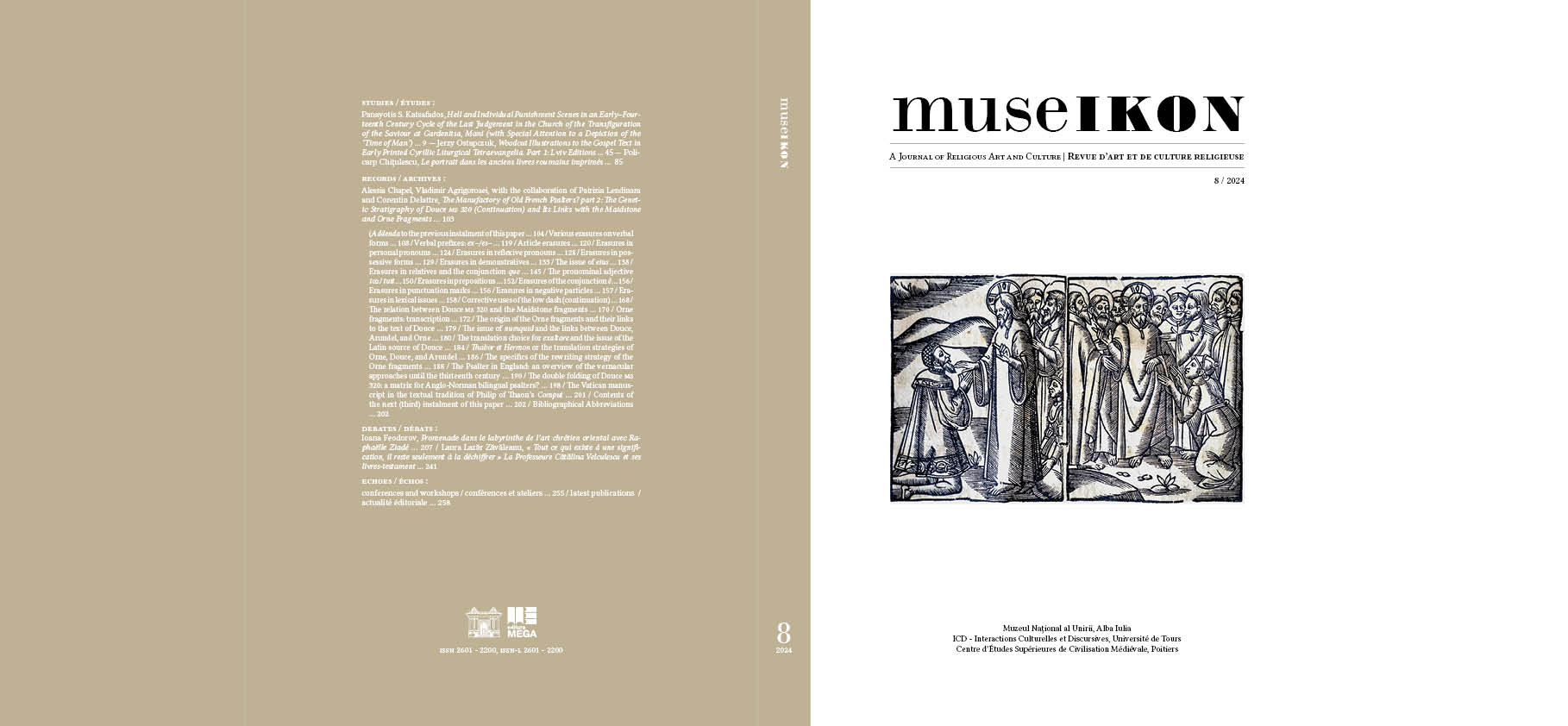
Le présent article s’inscrit dans la continuité de celui qui a été publié en 2023 dans la même revue (The Manufactory of Old French Psalters: Part 1…). Ce deuxième volet comprend d’abord une section de addenda qui complètent certaines parties du précèdent article. S’ajoutent ensuite les érasures dans diverses formes verbales, suivies par un recensement des corrections liées aux préfixes ex– et es–. D’autres séries d’érasures concernent différentes parties du discours: articles définis; pronoms personnels; pronoms réflexifs; formes possessives; démonstratifs; avec une étude de cas sur les choix de traduction du génitif eius, dont plusieurs documentent l’existence d’un antigraphe. Il s’agit souvent d’une hésitation entre les formes faibles et fortes. Des sections com-plémentaires sont consacrées aux érasures des pronoms relatifs et de la conjonction que; à l’adjectif pronominal toz / tuit; aux prépositions; à la conjonction é; aux signes de ponctuation; et aux particules négatives. L’ana-lyse des érasures du manuscrit d’Oxford, Bibliothèque bodléienne, Douce 320 se termine par un examen détaillé des corrections liées à différents phénomènes lexicaux. L’article porte ensuite sur les rapports entre le manuscrit Douce et les fragments de Maidstone, dont la transcription a été publiée dans le premier volet. Suivent une transcrip-tion des fragments de l’Orne (Paris, Archives Nationales, dossier AB xix 1734) et une étude sur l’origine de ces derniers et sur leurs liens avec le texte de Douce. Les choix de traduction pour le latin numquid documentent les liens entre Douce, Arundel (Londres, Bibliothèque britannique, Arundel 230) et Orne. Les choix de traduction du latin exaltare permettent en partie de restituer le texte latin de la source de Douce. Les différentes stratégies de traduction d’Orne, de Douce et d’Arundel semblent être des réécritures d’antigraphes similaires. Toutes ces ana-lyses montrent que Douce, Arundel, Orne et Maidstone proviennent de deux ou plusieurs gloses vernaculaires apparentées. L’article propose ensuite une perspective globale sur les approches vernaculaires de la traduction des psaumes en Angleterre jusqu’au xiiie siècle, qui documente l’interaction des langues vernaculaires anglaises et françaises avec les textes (et l’exégèse) latins. Il se termine par une discussion (appuyée sur deux exemples du xiie siècle) concernant le double pliage du Douce, lié sans doute à sa circulation et à son emploi dans la réalisation des psautiers bilingues à deux colonnes. Le troisième volet du présent article est prévu pour 2025. Il comprendra la transcription du texte de Douce (avec l’accentuation originale et l’emplacement des érasures), ainsi que plusieurs études complémentaires.
More...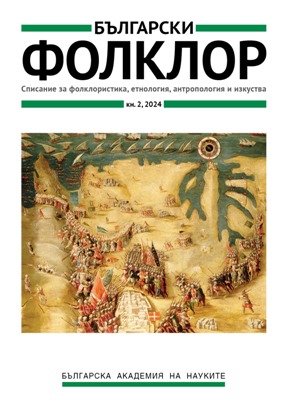
The article summarizes the concepts of historicism of the folklore-poetic works established in our science at the end of the last century. It reviews the recordings and publications of Bulgarian folk songs with the motif "A Virgin Rescues Malta" and examines the research and opinions concerning them. The article also analyses the metadata, associated with the already published versions, throwing more light on the context of their existence at the time of their recording in written form.
More...